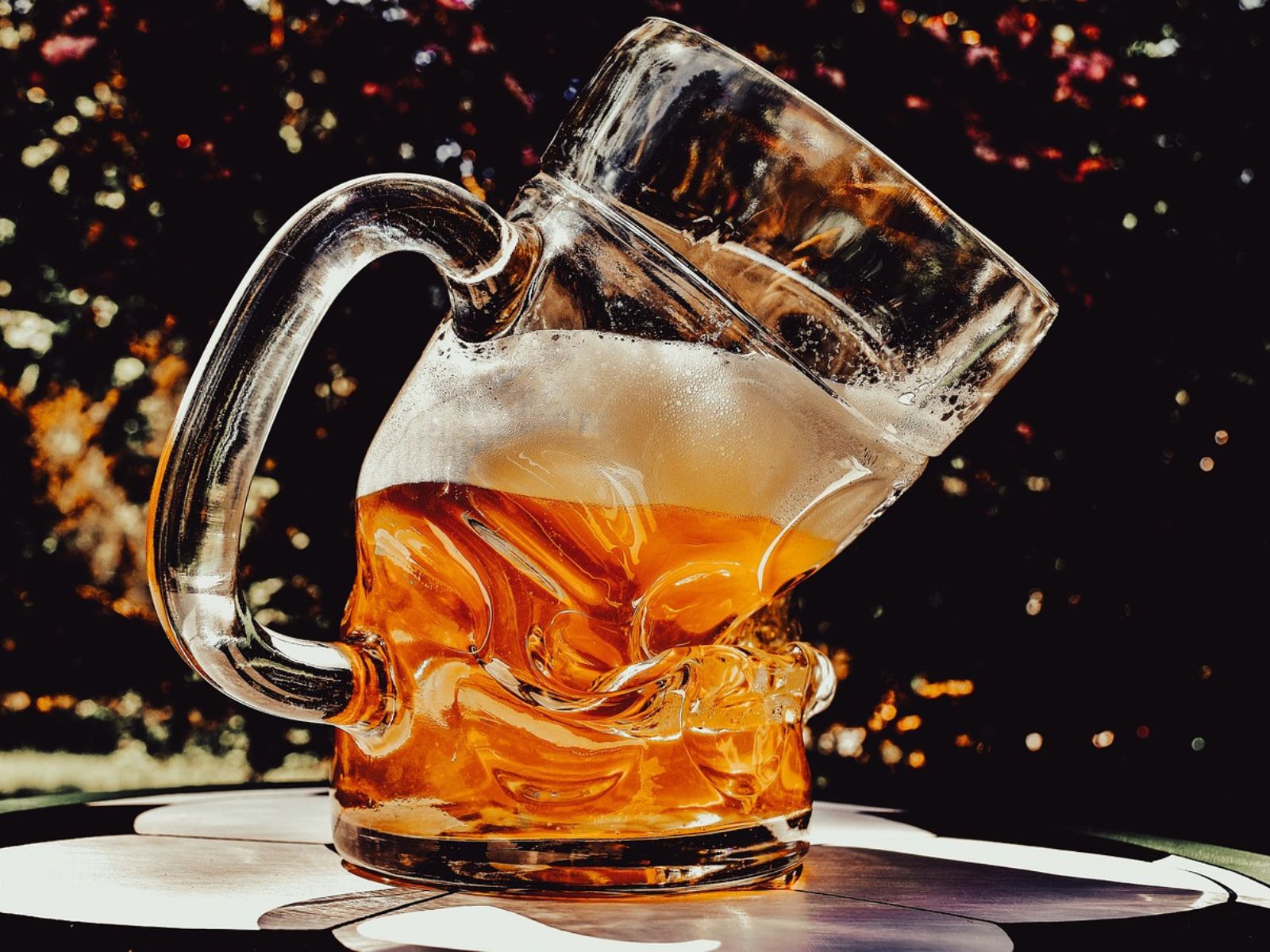Consumers in North America have reported consuming less alcohol after their jurisdictions legalized recreational cannabis sales according to the results of two new surveys, suggesting that consumers are replacing alcohol use with cannabis use.
“In Canada, where cannabis has been legal nationwide since 2018, 22.8% of people who use both cannabis and alcohol reported drinking less – a 7.5% increase from 2020, when 15.3% of respondents reported drinking less, according to Health Canada data parsed by Bernstein analyst Nadine Sarwat.” stated Brewbound in its original coverage about a recent consumer survey in Canada.
“In the USA, where cannabis is very slowly becoming legal state-by-state, 36% of cannabis users who drink reported that they now drink less.” stated Washington Beer Blog about a 2024 U.S. survey from Numerator, a market research firm.
“Several studies have examined whether cannabis is more likely to act as either a substitute or as a compliment for alcohol and, thus far, they have yielded mixed results. These surveys’ findings are an important addition to this growing body of literature and offer support for the notion that, in some instances, cannabis can act as an intervention for certain persons seeking to reduce their alcohol consumption.” stated NORML Deputy Director Paul Armentano about the dual survey results.
The recent consumer surveys come on the heels of a report that the cannabis consumer base in the United States is starting to outpace the alcohol consumer base, at least when it comes to daily use. According to recently published results of an analysis involving several decades of usage data, daily cannabis use outpaced daily alcohol use in the U.S. in 2022.
A research effort led by Jonathan Caulkins, Stever University Professor of Operations Research and Public Policy, Carnegie Mellon University’s Heinz College, examined self reported consumer data going back to 1979.
“The national surveys had a total of 1 641 041 participants across 27 surveys from 1979 to 2022.” the study’s author stated.
“Rates of use reported to the US National Survey on Drug Use and Health and its predecessors are described, as are trends in days of use reported. Four milepost years are contrasted: 1979 (first available data and end of relatively liberal policies of the 1970s), 1992 (end of 12 years of conservative Reagan-Bush era policies), 2008 (last year before the Justice Department signaled explicit federal non-interference with state-level legalizations) and 2022 (most recent data available).” the author stated about the study’s measurements.
“Reported cannabis use declined to a nadir in 1992, with partial recovery through 2008, and substantial increases since then, particularly for measures of more intensive use. Between 2008 and 2022, the per capita rate of reporting past-year use increased by 120%, and days of use reported per capita increased by 218% (in absolute terms from the annual equivalent of 2.3 to 8.1 billion days per year). From 1992 to 2022, there was a 15-fold increase in the per capita rate of reporting daily or near daily use.” the recent usage study’s author stated about their findings.
“Whereas the 1992 survey recorded 10 times as many daily or near daily alcohol as cannabis users (8.9 vs. 0.9 M), the 2022 survey, for the first time, recorded more daily and near daily users of cannabis than alcohol (17.7 vs. 14.7 M). Far more people drink, but high-frequency drinking is less common. In 2022, the median drinker reported drinking on 4–5 days in the past month, versus 15–16 days in the past month for cannabis. In 2022, past-month cannabis consumers were almost four times as likely to report daily or near daily use (42.3% vs. 10.9%) and 7.4 times more likely to report daily use (28.2% vs. 3.8%).” the study’s author also stated.
“A growing share of cannabis consumers report daily or near daily use, and their numbers now exceed the number of daily and near daily drinkers.” the study’s author concluded.
According to separate survey data that was compiled last year by Gallup, most adults believe that cannabis use poses fewer risks to health than alcohol. State-level data from the U.S. has also reported decreases in alcohol sales in jurisdictions following the launch of legal cannabis sales.
Data published this month in the Journal of Studies on Alcohol and Drugs found that adults are over six times as likely to acknowledge having experienced secondhand harms because of another person’s drinking than they are to report having experienced similar harms as a result of other people’s cannabis use.

